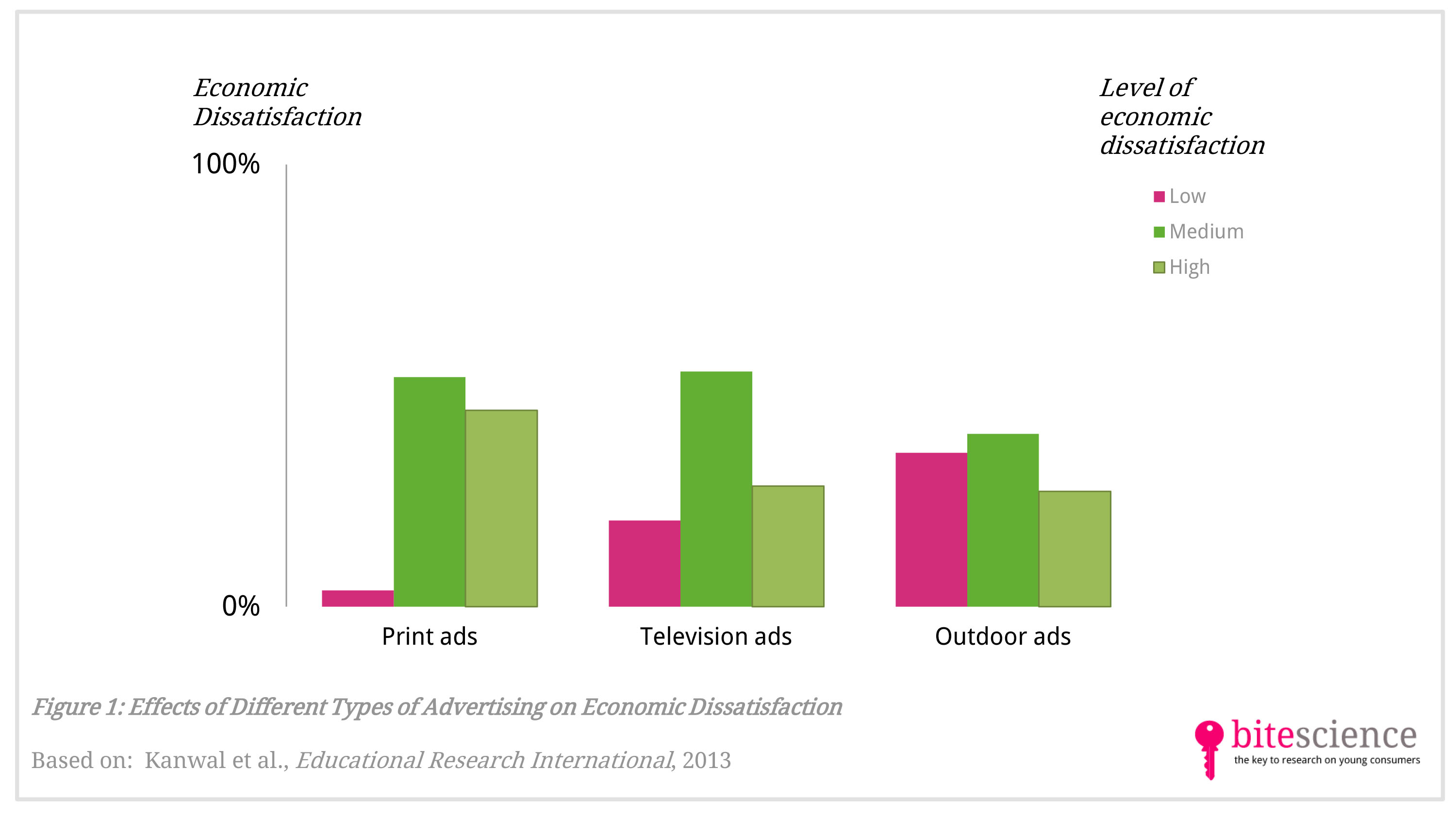
(Print) Ads Encourage Dissatisfaction Among Pakistan Youth
Advertising is used by marketers to persuade consumers to like or buy their product. An often used persuasion technique is to show how status and happiness can be gained by the possession of the advertised product. A study in Education Research International shows how advertising leads to feelings of dissatisfaction among Pakistan youth. Ads, especially the ones in magazines and newspapers, make them unhappy with their material possessions. It turns out that feelings of physical dissatisfaction are encouraged by ads as well.
Take aways
- Ads lead to economic dissatisfaction among Pakistan’s young adults.
- Especially ads in newspapers and magazines create unhappy feelings about their material possessions.
- Physical dissatisfaction is encouraged by ads as well, because many feel pressured to look beautiful and attractive.
- It’s wise to look more critically at the persuasive techniques marketers use, especially to the ones that adapt to consumers’ feeling of dissatisfaction.
Study information
The question?
Does advertising contribute to feelings of economic and physical dissatisfaction among young adults?
Who?
150 students of the University of Sargodha
Where?
Sargodha, Pakistan
How?
The students filled out a questionnaire about their opinion about different types of advertising (i.e., print, TV and outdoor), and celebrity endorsement. They were also asked about their satisfaction with current material possessions (i.e., economic satisfaction), and their pressure to look beautiful and attractive (physical satisfaction).
Facts and findings
- Ads in newspapers and magazines made students more unhappy about their material possessions (i.e., economic dissatisfaction) than ads shown on television or ads placed outdoor (see Figure 1).
- The majority of the students (62%) felt that ads in general created a desire for more material possessions.
- Almost three quarter of the students (69%) believed that products advertised by celebrities are of good quality.
- In addition, most students (61%) reported that they felt pressured by ads to look beautiful and attractive (i.e., physical dissatisfaction), and the majority (61%) admitted that they bought beauty products to achieve beauty.
- Critical note: This study does not allow for any conclusions about cause (e.g., advertisements) and effect (e.g., economic dissatisfaction, physical dissatisfaction). The results only shine light on students’ perception of advertising influence, and does not directly say what causes what.
